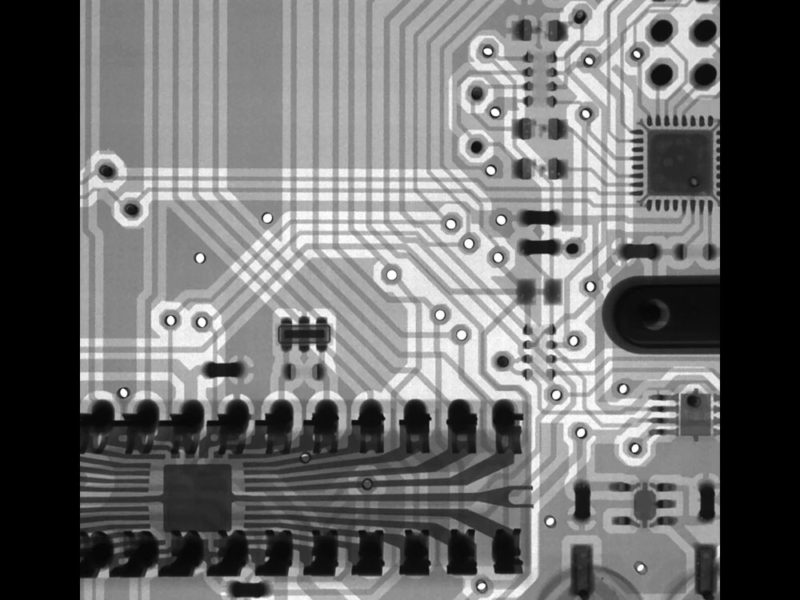
What Game Theory Means for Work Teams
A game is a system that consists of a number of adaptive agents that interact with each other according to some form of logic affecting each other for the purpose of achieving maximum pay-off as an outcome of that interaction. But first of all, what is a system? And second, what is an adaptive agent? And third, what does maximum pay-off mean?
A system is a collection of parts that are connected together to achieve a whole that is larger than the sum of the parts. In this, any person, environment, institution, project, a machine can be understood as a system as long as it can be perceived as a whole that produces an effect beyond what the composing parts are capable of.
Adaptive agents are the components of the system that are capable of exhibiting certain behaviors and making effects on the system, at the same time, are capable of learning and adjusting their behavior by receiving feedback from the system.
Thus, they necessarily possess a certain level of natural or artificial intelligence and a built-in learning mechanism. The maximum pay-off is the purpose of the agents interacting within the system. The learning and adaptive behavior are not without purpose, rather it is aimed at achieving the maximum profit for each agent, depending on what that profit is defined as.
Now putting all this together,
Game Theory is the study of the strategic structure of games and the relationships and pay-offs of the adaptive agents.
It is the science behind the design and applications of games. Despite what the name suggests, game theory is not only restricted to entertainment games, it is deeply employed in fields of everyday life including sports, politics, economies, business management, biology, computer science, and even design. What interests us here is how game theory can be employed in design to achieve the best potential for every project.
The basic components of a game are:
- Agents that possess a form of logical thinking ability and learning mechanisms
- Strategy or the rules that govern the interaction between those agents
- Pay-off or desired outcome that is valuable and desired by the agents
While there are many types of games, they can be generally divided into two categories:
ZERO-SUM GAMES
Where the total pay-off for the game is fixed. Therefore agents must compete for the largest share. In this form of the game in order for one to win, the rest must lose. Examples: Sports, cards, chess, war, market share
NON-ZERO-SUM GAMES
The total pay-off is not fixed. It can increase with the positive result of the game and decrease with the negative result of the game. In this form in order for one to win all must win as well. Examples: economies, social relationships, environment
Non-zero-sum games produce overall positive results for all those playing the game. Therefore, it is in the best interest of any agent in the game that the other agents are receiving positive pay-off. In order for a long-term relationship to succeed, partners must all be feeling satisfied and content. In order for a business transaction to succeed, the buyer must receive the desired product, and the seller must be paid for it.
However, this requires extended vision and long-term strategic thinking, and may require some form of limited pay-off in the short run to achieve a maximum gain in the long run.
Good relationships require compromises, and good business requires having the ability to see beyond immediate gains for the seller, and the willingness to give up some funds for the buyer. But the human condition is troubled with the desire to make quick gains. In game theory this is referred to as the Prisoner’s Dilemma. Where in theory, if only one agent defects from the rules, they may be able to make additional pay-off without having to compromise what the other agents have to.
But in reality, this agent may be able to make short-term gains, but this will negatively affect the overall result of the game, which will eventually transfer as a loss for all agents including the defected one. A seller may be able to make more profit by cheating on a few buyers, and a buyer may save money by defecting on a few payments, but eventually they will lose market credibility and overall business potential.
THEREFORE, WINNING IN NON-ZERO SUM GAMES REQUIRES THE ESTABLISHMENT OF COLLABORATIVE NETWORKS WORKING TOWARDS UNIFIED GOALS.
In Uraiqat Architects, we see design as a game. The adaptive agents are all the parties involved in the design including clients, designers, contractors, users, and all other stakeholders. The design and implementation of the projects require an agreed-upon strategy or methodology that aligns all parties and sets the logic of the game. This includes design vision, contracts, technical documents, regulations, standards, ..etc. And all of this is aimed at achieving the maximum pay-off which is a successful project. However, this is necessarily a non-zero-sum game.
In order for the project to succeed, all those agents must reach a positive payoff, the client must get a project that achieves the desired result functionally and experientially, the designer must achieve his vision and be compensated for the effort.
The contractor must build good relations and achieve some profit. The users must be comfortable and happy with the project, and all other stakeholders must feel positive about the project. If any of those agents have not realized a positive payoff, the project will suffer either from a reduced quality, time delays, defective design, conflicts, and sometimes it will completely fail to be completed.
Therefore, our approach to design is through building collaborative networks. These networks consist of all the agents working together to achieve the success of the project.
Our collaboration is built on three main pillars:
- Open communication channels between all the agents in all phases and aspects of the work
- Transparency in the transfer of information and communication between those agents
- Continuous feedback and learning enables the project to self-correct along the way for the best result
While it may sometimes be tempting to maximize gains in one part of the project at the expense of another, this will eventually reflect on the overall quality of the project. This is why in the first stage of any project we do extensive analysis to define the agents, or what we like to refer to as parameters and understand what the desired outcome for each is. Then the project is about the creation of a matrix where all the parts of the project achieve positive outcomes for all.






